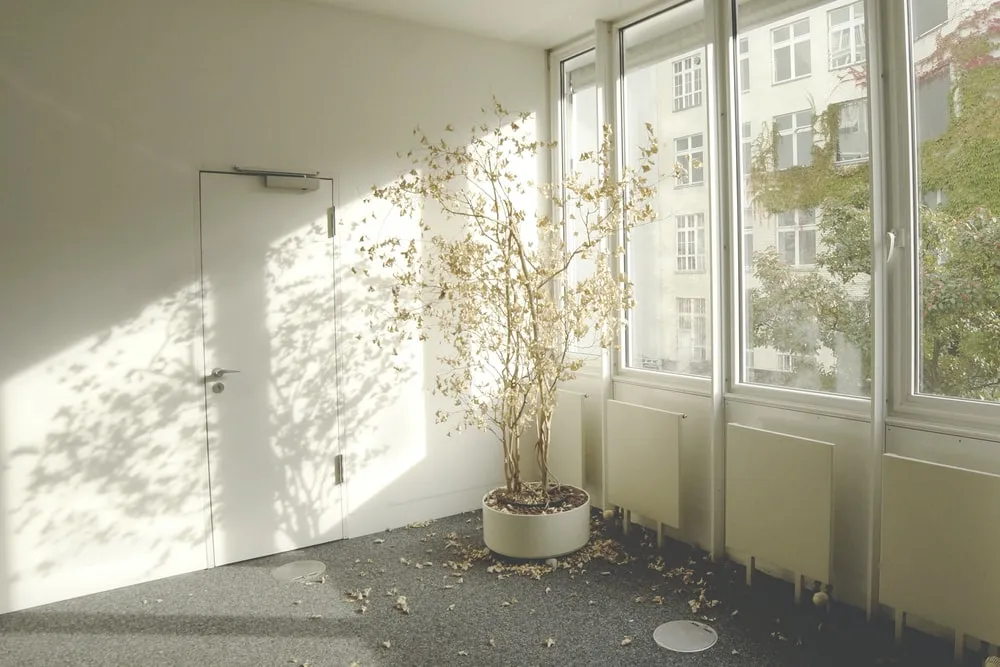
Brighten Your Space: How to Optimize Window Placement for Maximum Natural Light and Visual Impact
Introduction
Windows are not just openings in your walls; they're opportunities to invite natural light and enhance the visual appeal of your living space. Strategic window placement can transform a room, making it feel brighter, airier, and more welcoming. In this comprehensive guide, we'll explore expert tips and techniques for optimizing window placement to maximize natural light and create stunning visual impact in your home.
The Benefits of Natural Light in Interior Design
Assess Your Space:
Before diving into window placement decisions, take a close look at your space to understand its layout, orientation, and potential for natural light. Identify areas that receive ample sunlight throughout the day and those that may be lacking in brightness. Consider the architectural features of your home, such as the placement of walls, doors, and existing windows, to determine the best locations for new or additional windows.
Mood Elevation:
Natural light has the power to enhance mood and well-being by promoting the production of serotonin, often referred to as the "feel-good" hormone. Spaces flooded with natural light feel inviting and create a positive atmosphere.
Capture the Sun's Path:
Take advantage of the sun's natural trajectory to optimize window placement and maximize sunlight exposure. South-facing windows receive the most sunlight throughout the day, making them ideal for living areas, kitchens, and home offices. East-facing windows capture morning sunlight, perfect for breakfast nooks and bedrooms, while west-facing windows provide warm afternoon light, ideal for relaxation areas and dining spaces.
Balance Light:
While maximizing natural light is important, it's equally crucial to balance light with privacy considerations. Opt for taller windows that allow sunlight to enter from above while maintaining privacy from neighboring properties or street views. Consider frosted or textured glass, window treatments, or strategically placed landscaping to shield your space from prying eyes without compromising natural light
Creating A Focal Points:
Strategically placed windows can serve as focal points in your home, drawing the eye and enhancing architectural interest. Frame picturesque views, architectural details, or outdoor landscapes with large windows or expansive glass panels to create stunning visual impact. Consider asymmetrical window arrangements or unique shapes and sizes to add character and charm to your space.
Enhance Indoor-Outdoor Connection:
Maximize window placement to blur the boundaries between indoor and outdoor living spaces, creating a seamless connection to nature. Install large sliding glass doors or floor-to-ceiling windows that open onto patios, gardens, or outdoor living areas to flood your interior with natural light and create a sense of openness and expansiveness. Choose window treatments that allow for unobstructed views and easy access to outdoor spaces.
Consider Architectural Style:
When planning window placement, consider the architectural style of your home and its historical context. Opt for window styles and placement that complement the overall aesthetic of your home, whether it's traditional, contemporary, or eclectic. Incorporate architectural elements such as transom windows, bay windows, or clerestory windows to add character and authenticity to your space.
Consult with a Professional:
If you're unsure about the best window placement for your home or feeling overwhelmed by the design process, consider consulting with a professional architect or designer. A trained design professional can assess your space, offer expert advice, and create a customized window placement plan that maximizes natural light, enhances aesthetic appeal, and optimizes functionality to suit your lifestyle and preferences.
Conclusion
In conclusion, optimizing window placement is a transformative design strategy that can enhance the beauty, functionality, and livability of your home. By strategically positioning windows to capture sunlight, create focal points, enhance indoor-outdoor connection, and complement architectural style, you can create a bright, inviting, and visually stunning living space that reflects your unique style and personality.


